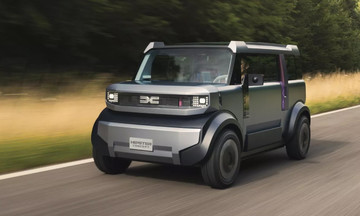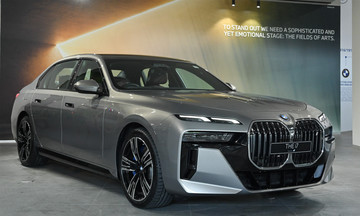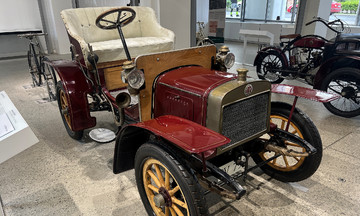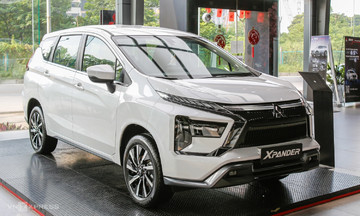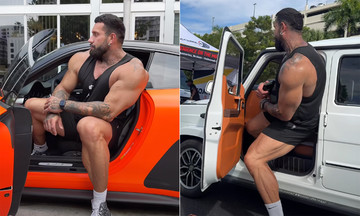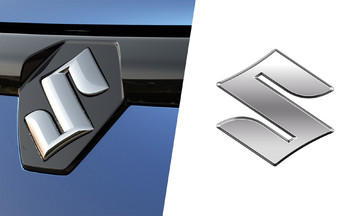Many automakers are currently employing series hybrid technology to increase the range of electric vehicles. This technology uses an internal combustion engine solely to power a generator, which in turn supplies electricity to the electric motor. The gasoline engine does not directly drive the wheels. This configuration is known as a range-extended electric vehicle (REEV), although it is technically a hybrid.
Horse Powertrain, a joint venture between Renault and Geely, has announced a REEV system called the C15, designed to integrate into pure electric vehicle models. This system combines a 1.5-liter 4-cylinder engine, a generator, and an inverter into a single unit, roughly the size and shape of the briefcase featured in the film *Pulp Fiction*.
The engine measures 457 x 547 x 287 mm and produces 94 horsepower.
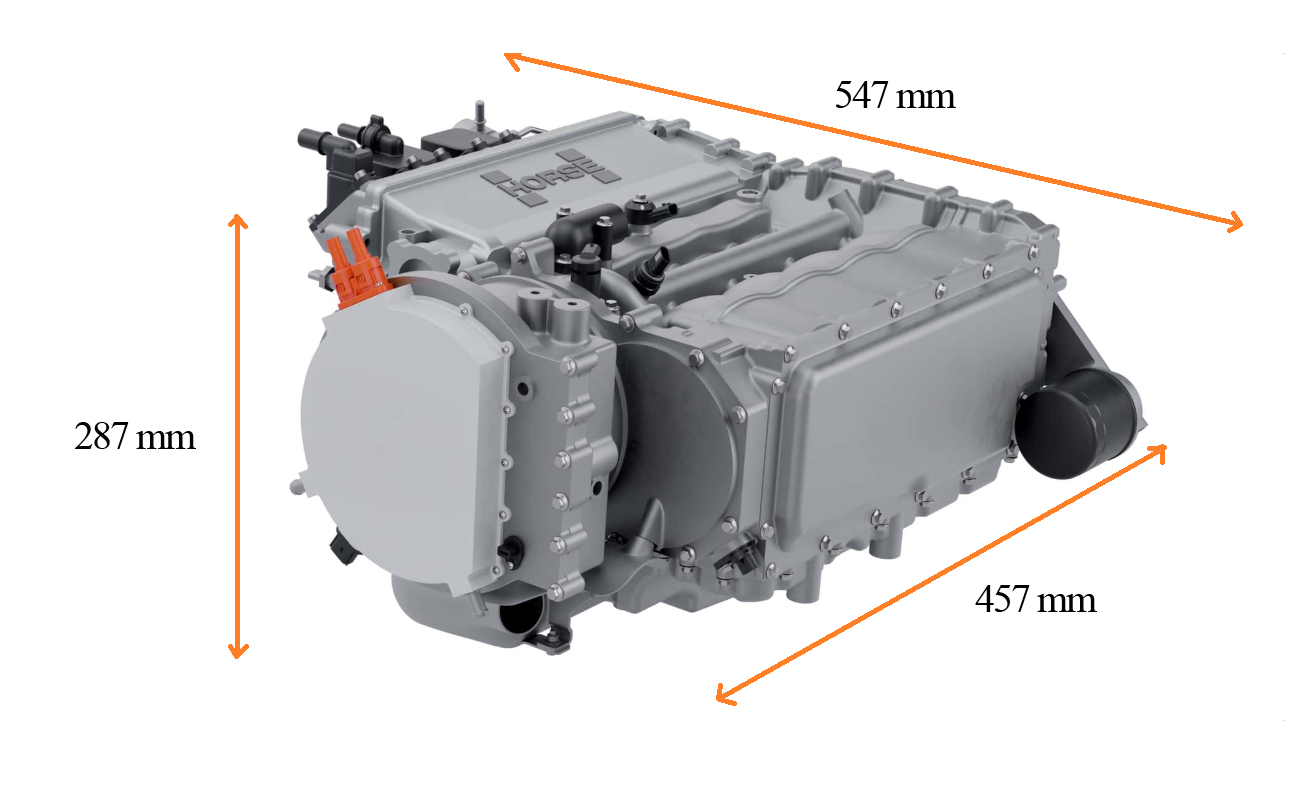 |
The 1.5-liter 4-cylinder engine is about the size of a briefcase. *Photo: Horse Powertrain* |
Its compact size allows it to fit horizontally or vertically into the front or rear compartment of B- or C-segment vehicles with minimal modification.
A turbocharged version of the engine is also available, producing up to 161 horsepower. Horse designed the C15 for D-segment cars and light commercial vehicles. According to the company, the engine meets Euro 7 standards.
"REEV is the fastest-growing powertrain segment in many global markets," said Matias Giannini, CEO of Horse Powertrain. "The Horse C15 range extender offers original equipment manufacturers (OEMs) a simple and cost-effective way to capitalize on this opportunity and convert their electric vehicle platforms to REEVs."
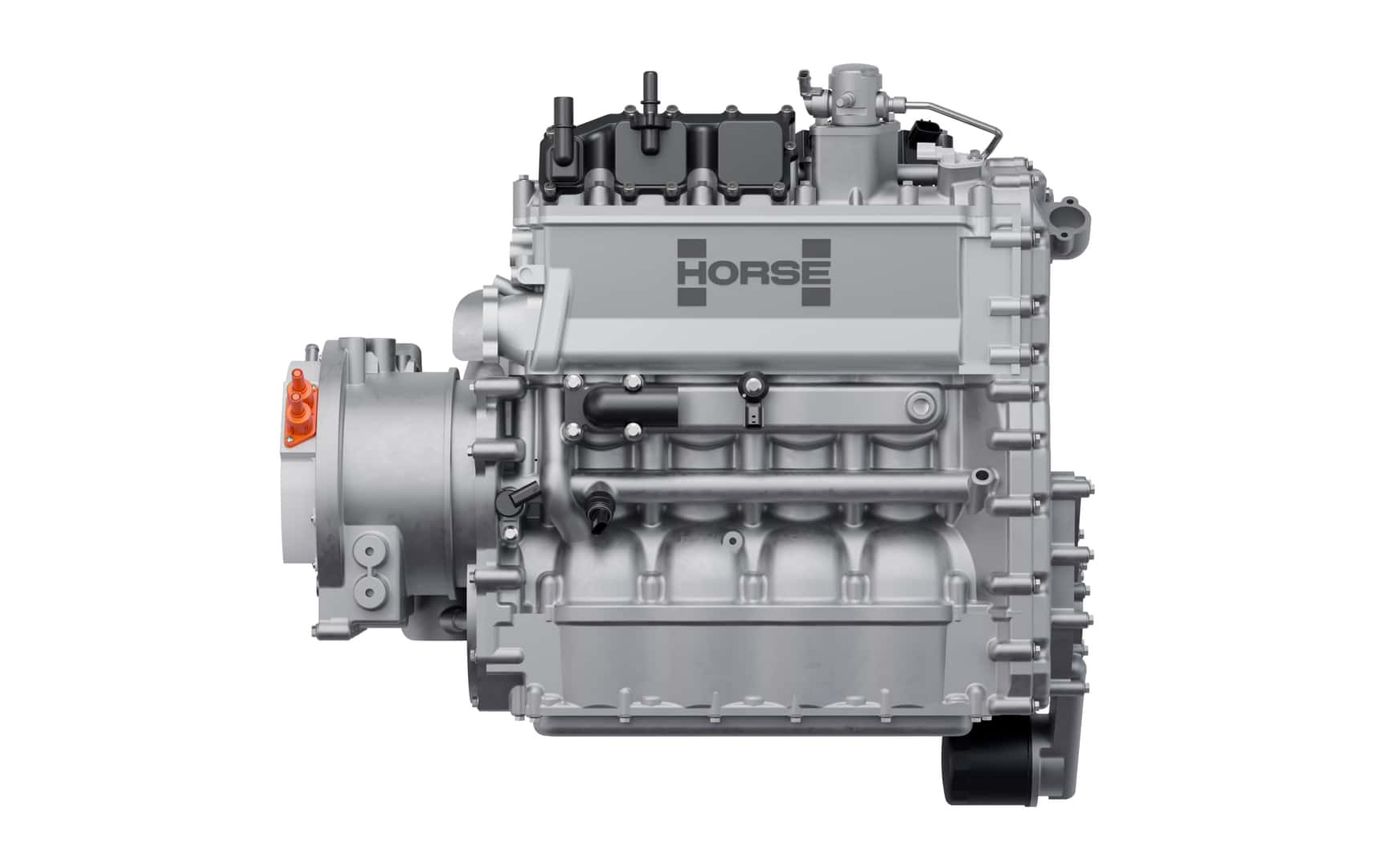 |
The Horse C15 can fit horizontally or vertically into the front or rear compartment of electric vehicles. *Photo: Horse Powertrain* |
With the future of electric vehicles still somewhat uncertain, auto manufacturers are hedging their bets. While electric vehicle development continues, resources are also being directed towards hybrid and range-extended vehicles.
These range-extending engines don't need to be large or powerful to maintain the battery charge. They can operate at efficient RPMs, conserving fuel and eliminating range anxiety. REEVs could be the bridge automakers need to transition to fully battery-powered vehicles.
My Anh (*Motor1*)




